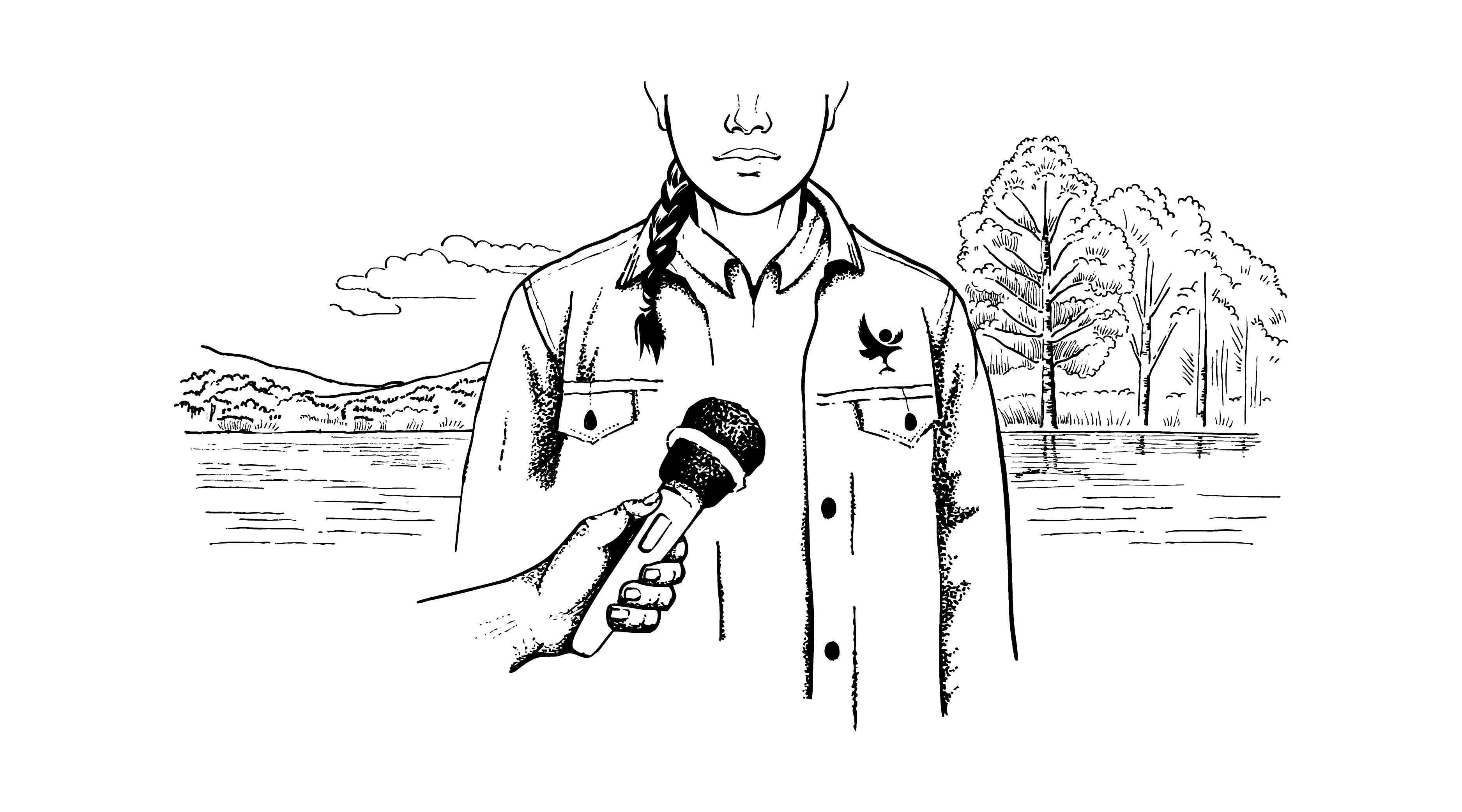The annual assessment of how successful the breeding season has been for Capercaillie in the Cairngorms National Park has just been completed for 2014 and the results are looking good.
Counts of birds are undertaken by locating the chicks with highly trained pointer dogs at the main Capercaillie breeding areas in Strathspey. These counts have been undertaken by teams from the Game & Wildlife Conservation Trust, Scottish Natural Heritage, Forestry Commission Scotland and the RSPB. The average number of chicks found per hen this year was at or above the minimum required to sustain the population (0.6 chicks per hen).
The Cairngorms National Park is now home to about 80 per cent of the UK Capercaillie population. Numbers and range have declined hugely over the last few decades and the forest of the National Park and Strathspey in particular are a vital last refuge. Declines have been attributed to loss of habitat, forest fence collisions, wet spring and summer weather, predation and human disturbance.
Justin Prigmore, Cairngorms Nature Officer at the CNPA said; “The landowners of these essential caper forests would like to thank everyone who has responded positively to signage in the woods asking people to keep their dogs on a lead during the breeding season and keep to the tracks to avoid disturbance and allow this majestic species the best chance of survival. These land managers have been working hard to save Capercaillie and it’s great to see that the public are helping play their part as well”.
A new initiative is underway which aims to secure the future of the Capercaillie in the Cairngorms National Park. The Capercaillie Framework pulls together all the information currently available relating to Capercaillie distribution and productivity, along with the pressures they face and the current management measures being undertaken. This will then be used to inform decisions about their future conservation management, so that work can be directed to where it is needed most.





